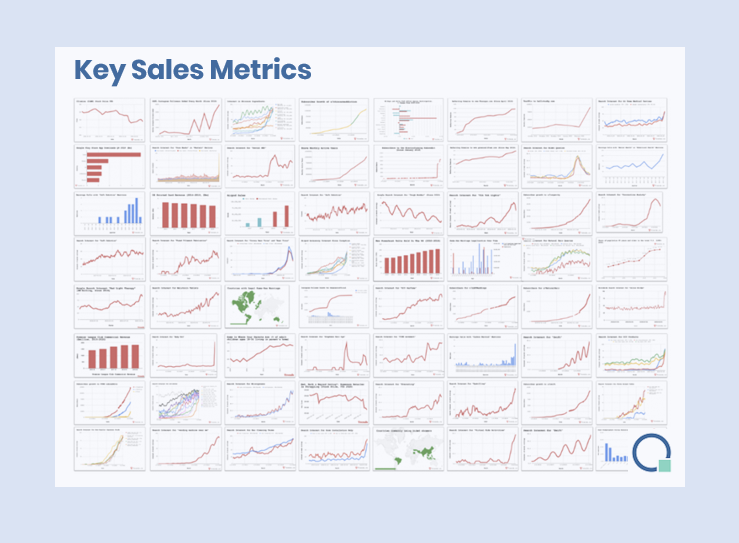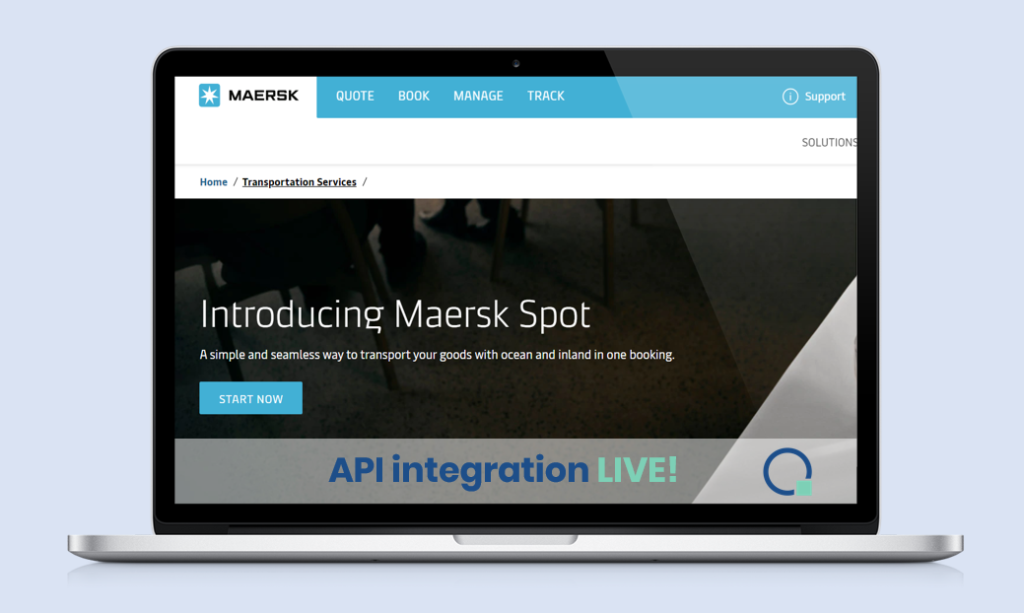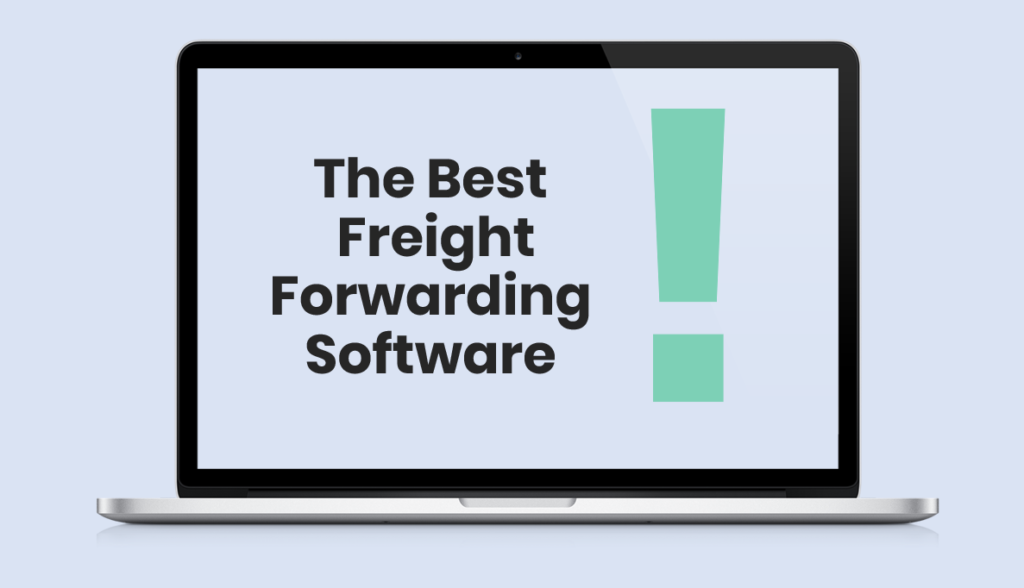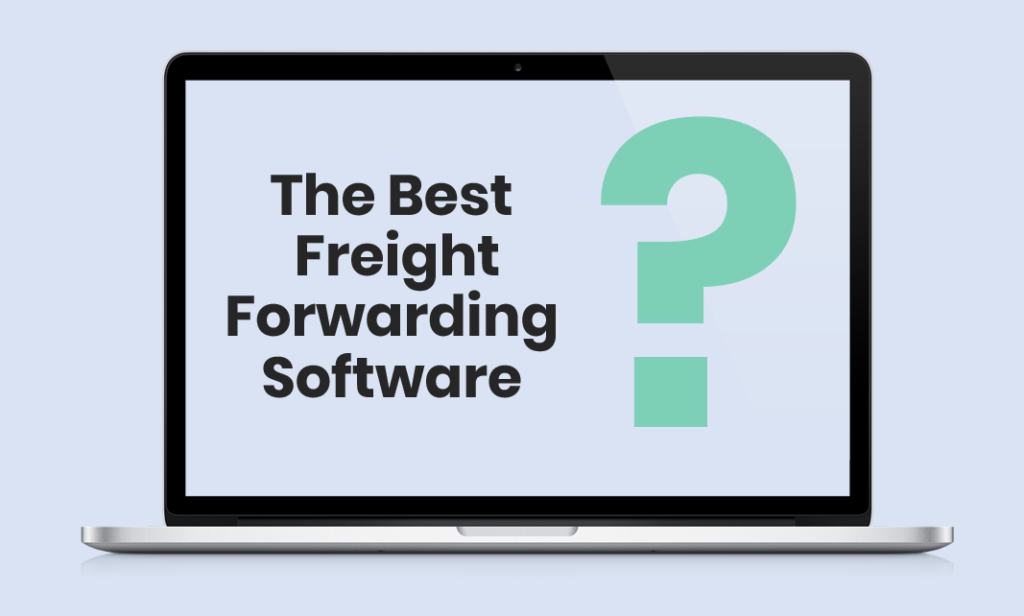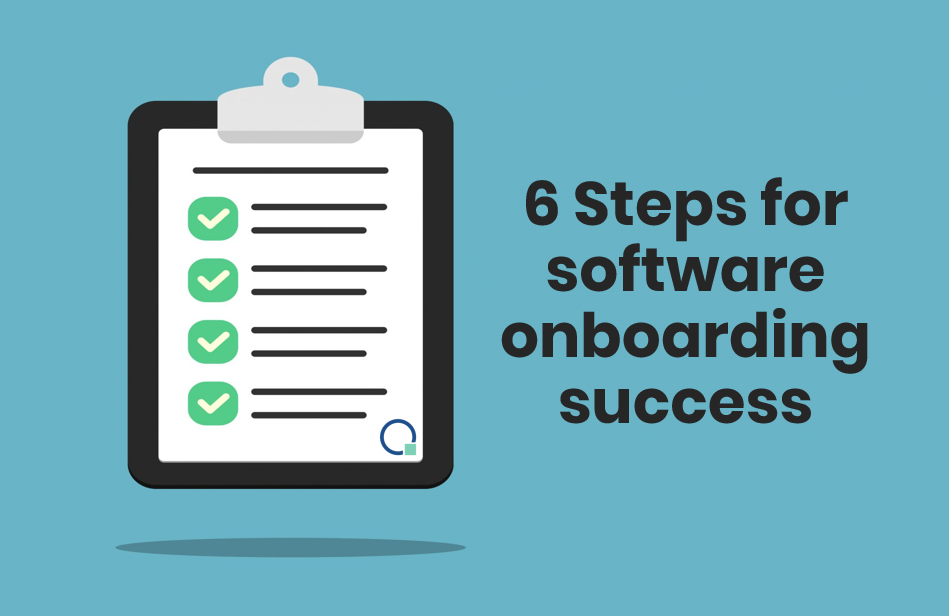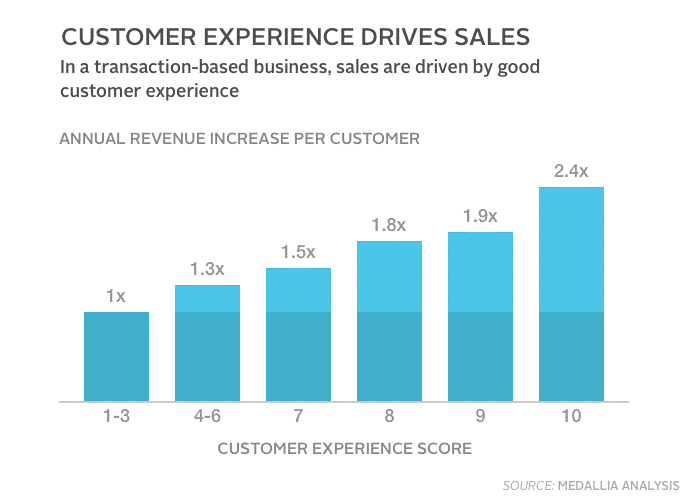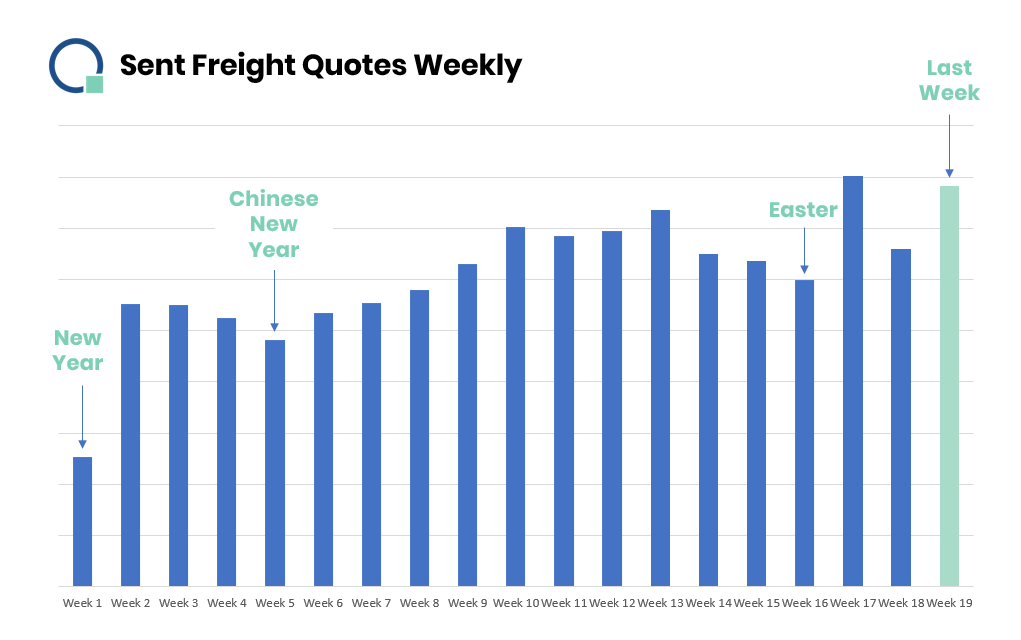5 Key Sales Metrics in Freight Forwarding (And How to Improve Them)
Most freight forwarding companies around the world set the key sales metrics for their commercial teams, and regularly produce thousands of sales performance reports. But these reports don’t necessarily tell how to improve the numbers. Whether you’re new to sales or a seasoned expert, it’s always worth getting a fresh perspective on your own stats, data, and metrics.
Why? Because bringing your sales team from good to exceptional is only possible when you know the cold, hard numbers. Let’s break down the 5 key sales metrics that matter the most to help you understand exactly what it’s measuring, why it matters, and a few tangible ways to improve them.
1. Freight Quote Volume
The freight quote volume is the total number of sent freight quotes. Start tracking this key sales metric to get a general understanding of how many quotes your salespeople generate per day, per week, and per month.
- Why is it important to measure?
The number of sent freight quotes indirectly correlates with the number of bookings you win as a result. Of course, there are more factors that influence customers’ decision to book with a specific freight forwarder, but still –increasing the number of sent quotes, will naturally grow the $$$ outcome.
- How to increase the number of sent freight quotes?
Simplify and automate the process of creating a freight quote, without compromising the quality of the quote. Quoting software should be user-friendly and intuitive, very easy to use, and practical.
2. Number of Accepted Quotes
Another parameter, which is essential to measure the performance of the sales team. At the same time, we recommend to keep track of the quotes which were declined by the client, and always ask for the reasons behind this decision.
- Why is it important to measure?
An accepted quote is a commitment from the clients’ side and an indicator of a successful sale. The number of accepted quotes has a direct correlation with future bookings.
- How to increase the number of accepted quotes?
We recommend analyzing the rejected quotes. With the advanced reporting feature in Quotiss, you can track rejection reasons by route, by the client, by shipment type, etc. This should give you a few ideas on how to increase quote acceptance.
3. Quote Win Ratio
The percentage of accepted quotes, also known as quote win ratio, can be an excellent key sales metric for efficiency. This is a very important parameter, which can be measured on the company level, team level, per person, by specific trade, per client, etc.
- Why is it important to measure?
With these powerful stats, you will gain insights into your most efficient products, teams, directions, and more.
- How to increase the win ratio?
Following the formula win ratio = accepted quotes / total quotes, you should work on increasing the number of accepted quotes (obvious) or decrease the number of sent quotes (less obvious).
It might be counter-intuitive to decrease the number of sent quotes, but sometimes it makes sense. With Quotiss’s advanced customer dashboard, you can quickly identify accounts that never converted from quote to booking. Those could be the ones to let go and to focus on new leads instead.
4. Number of New Leads
In economics, one has to run to stand still. And “if you want to get somewhere else, you must run at least twice as fast as that” – The Red Queen. The number of new leads is a very important key sales metric for the team, essential for business growth.
- Why is it important to measure?
Sales reps should always develop new leads to grow their portfolio and achieve targets. The lead generation process can be quite costly for any business, and it can be a complete waste of resources without proper follow-up.
- How to increase the number of new leads?
We will prepare a separate article on lead generation in freight forwarding. Here is just simple advice: simplify and automate the process of adding a new lead to your quoting system. The client management module should be user-friendly and intuitive, very easy to use, and practical.
Sales reps don’t want to spend 20 min of their time to update all required fields in their CRM to create a new record, especially when there is an uncertain chance of success. Sending a ‘test quote’ to a new lead should be fast and fully automated.
5. Average Margin
None of the above key sales metrics make any sense if quote margins are not healthy. It is very easy to achieve exceptional results with the key sales metrics if you are selling freight below the market level.
- Why is it important to measure?
We assume that every freight forwarding company is in this business in order to make a profit (unless you are a digital freight forwarder with many $$$ from VC funds).
- How to increase the average margin?
This is a trick question, that depends on many aspects of your business specifics. But we recommend measuring it. Rephrasing Peter Drucker: if you can measure it – you can manage it, and if you can manage it – you can control it, and if you can control it – you can improve it!
Quotiss software can help you to measure these 5 important sales metrics, automate your sales process, and follow up and simplify your sales routine. This is especially crucial at a time when most sales teams work remotely and need smart and simple software to collaborate efficiently.
Ready, Set, Automate!
Click here to register your Quotiss account. We’ll help with the initial settings and user onboarding. You can start quoting freight instantly on the same day we sign the deal.

